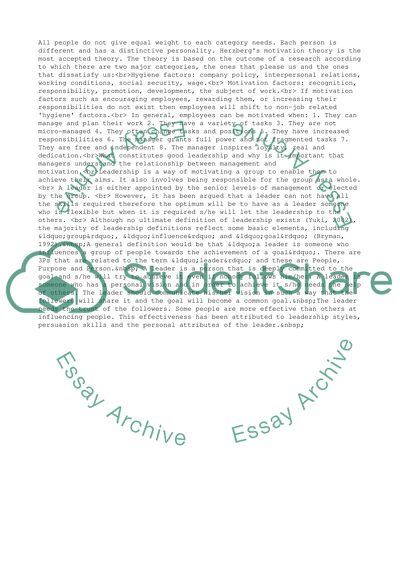Cite this document
(Motivation and Demotivation in the Workplace Coursework, n.d.)
Motivation and Demotivation in the Workplace Coursework. Retrieved from https://studentshare.org/management/1502837-motivation-and-demotivation-in-the-workplace
Motivation and Demotivation in the Workplace Coursework. Retrieved from https://studentshare.org/management/1502837-motivation-and-demotivation-in-the-workplace
(Motivation and Demotivation in the Workplace Coursework)
Motivation and Demotivation in the Workplace Coursework. https://studentshare.org/management/1502837-motivation-and-demotivation-in-the-workplace.
Motivation and Demotivation in the Workplace Coursework. https://studentshare.org/management/1502837-motivation-and-demotivation-in-the-workplace.
“Motivation and Demotivation in the Workplace Coursework”, n.d. https://studentshare.org/management/1502837-motivation-and-demotivation-in-the-workplace.


